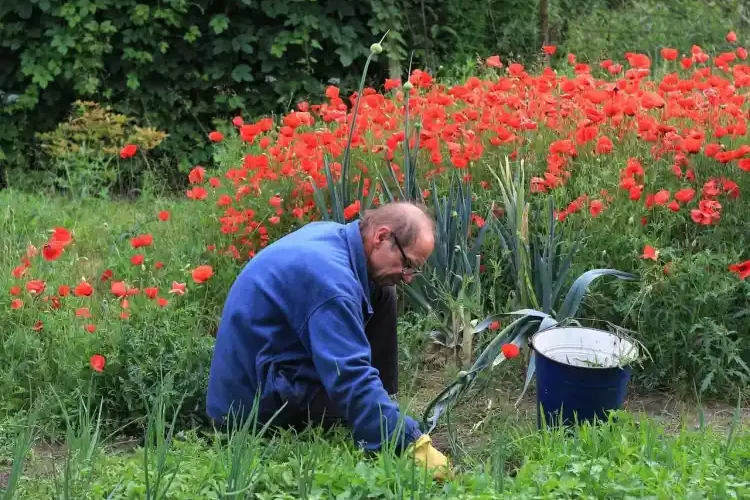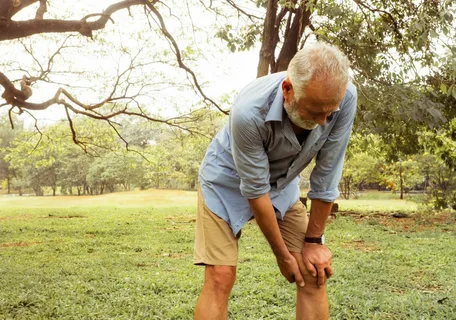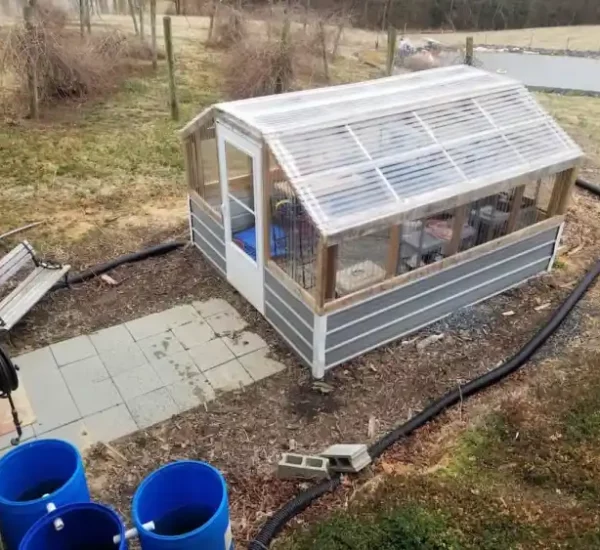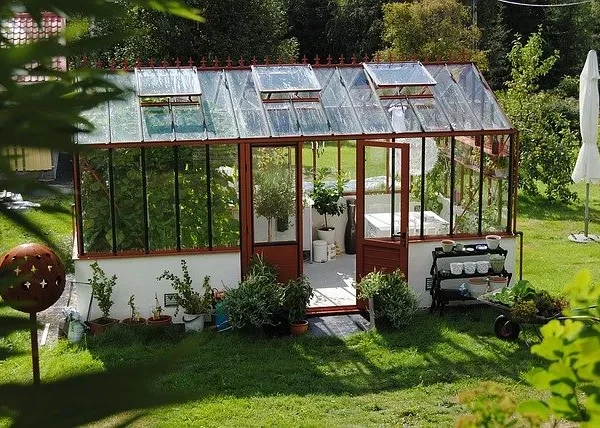Understanding the Causes of Knee and Back Pain in Gardening
Common Causes
Gardening involves physical activities such as bending, kneeling, lifting, and stretching, which can strain the knees and back. Common causes of pain include
- Improper posture: Prolonged bending or twisting can lead to back strain.
- Repetitive movements: Frequent kneeling or squatting can irritate the knee joints.
- Lifting heavy objects: Incorrect lifting techniques can cause back injuries.
- Inadequate support: Lack of cushioning while kneeling or standing for long periods can lead to discomfort.
Risk Factors
Certain factors can increase the risk of pain, including
- Pre-existing conditions: Conditions such as arthritis or previous injuries can make you more susceptible to pain.
- Lack of physical fitness: Weak core and leg muscles can lead to poor support for the back and knees.
Strategies to Prevent Knee and Back Pain
Proper Techniques and Ergonomics
Lifting Techniques
- Use your legs, not your back: Bend at the knees and keep your back straight when lifting heavy objects.
- Hold objects close: Keep the load close to your body to reduce strain on your back.
Bending and Kneeling
- Bend at the knees: Instead of bending from the waist, squat down by bending your knees to reduce back strain.
- Use a kneeling pad: Invest in a thick, cushioned kneeling pad to provide support and reduce pressure on your knees.
Ergonomic Tools and Equipment
Gardening Tools
Use ergonomic tools
Tools with long handles or those designed to reduce bending can help minimize strain. The National Institute for Occupational Safety and Health (NIOSH) provides guidelines on ergonomic tools for various tasks
Consider raised garden beds
These can reduce the need for bending and kneeling, making gardening more comfortable.
Supportive Gear
- Wear supportive footwear: Shoes with proper arch support and cushioning can alleviate pressure on your knees and back.
- Use back supports: A lumbar support belt or cushion can provide additional support and reduce strain on your lower back.
Exercises and Stretches to Strengthen and Protect
Core Strengthening Exercises
A strong core supports your spine and can help prevent back pain. Recommended exercises include
- Planks: Hold a plank position for 20-30 seconds to strengthen the core.
- Bridges: Lie on your back with knees bent, lift your hips, and hold for a few seconds.
Knee and Back Stretches
Regular stretching can improve flexibility and reduce stiffness
- Hamstring Stretch: Sit with one leg extended and reach for your toes. Hold for 20-30 seconds.
- Lower Back Stretch: Lie on your back and pull one knee toward your chest. Hold for 20-30 seconds on each side.
Strengthening Exercises for the Legs
Strong leg muscles support your knees and lower back. Consider exercises such as
- Squats: Perform squats with proper form to strengthen your thighs and glutes.
- Lunges: Step forward into a lunge position and return to standing to work your leg muscles.
Practical Tips for Comfortable Gardening
Ergonomic Gardening Practices
- Take frequent breaks: Alternate between standing, sitting, and kneeling to avoid prolonged pressure on any one area.
- Use a garden stool: A garden stool with handles can provide support and reduce the need to kneel.
Proper Planning and Preparation
- Plan your garden layout: Arrange your garden to minimize the need for excessive bending or stretching. Place frequently used plants within easy reach.
- Warm-up before gardening: Spend a few minutes warming up your muscles with light stretching or walking.
Expert Recommendations
Governmental and Academic Resources
- The Centers for Disease Control and Prevention (CDC): Offers guidelines on preventing musculoskeletal disorders Visit their website for more information.
- The American Physical Therapy Association (APTA): Provides resources on exercises and techniques to prevent injury Visit their website for expert advice.
Horticultural Bodies
- The Royal Horticultural Society (RHS): Provides gardening tips and ergonomics advice to reduce strain (no follow tag applied). Explore their guidance for practical tips.
Conclusion
Preventing and reducing knee and back pain while gardening involves a combination of proper techniques, ergonomic tools, exercises, and practical strategies. By implementing these tips and utilizing expert resources, you can enjoy gardening without the discomfort of pain. Always consult with a healthcare professional if you have specific concerns or pre-existing conditions related to pain.
How can I prevent knee pain while gardening?
To prevent knee pain while gardening, use kneeling pads to cushion your knees, employ proper bending techniques by squatting instead of bending from the waist, and take frequent breaks to avoid prolonged pressure on your knees.
What are some exercises that can help reduce back pain from gardening?
Exercises that can help reduce back pain from gardening include core-strengthening exercises like planks and bridges, as well as lower back stretches such as the knee-to-chest stretch and hamstring stretches.
Is it beneficial to use ergonomic gardening tools?
Yes, ergonomic gardening tools can help reduce strain by minimizing the need for bending and stretching. Tools with long handles and ergonomic designs help maintain proper posture and reduce back and knee stress.
How can raised garden beds help with back and knee pain?
Raised garden beds can reduce the need for bending and kneeling by bringing the garden up to a more comfortable height. This can alleviate strain on your back and knees, making gardening tasks easier on your body.
What should I do if I start experiencing back pain while gardening?
If you start experiencing back pain while gardening, stop and rest, apply ice to the affected area, and perform gentle stretches. If the pain persists, consult a healthcare professional for further evaluation and advice.
Are there specific stretches that can help with knee pain from gardening?
Yes, stretches such as the hamstring stretch and quadriceps stretch can help alleviate knee pain by improving flexibility and reducing muscle tension around the knee joint.
What type of footwear is best for gardening to avoid knee and back pain?
Footwear with good arch support and cushioning is best for gardening. Look for shoes designed for comfort and stability to help absorb impact and reduce pressure on your knees and back.
How can proper lifting techniques prevent back injuries while gardening?
Proper lifting techniques include bending your knees, keeping your back straight, and lifting with your legs rather than your back. Holding the load close to your body and avoiding twisting motions can also help prevent back injuries.
Can I use a garden stool to reduce knee and back pain?
Yes, a garden stool can be very effective in reducing knee and back pain. It allows you to sit while working and provides support when kneeling, reducing strain on your knees and back.
How often should I take breaks to prevent pain while gardening?
It is advisable to take breaks every 30 to 60 minutes to stretch, change positions, and rest. This helps reduce the risk of developing knee and back pain from prolonged gardening activities.
- Best THC Sodas to Buy in Arkansas - May 28, 2025
- Exploring THC-Infused Sodas in Arkansas - May 28, 2025
- THC Beverages Now Trending in Alabama - May 28, 2025





